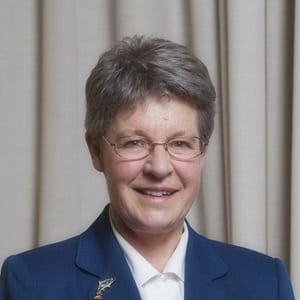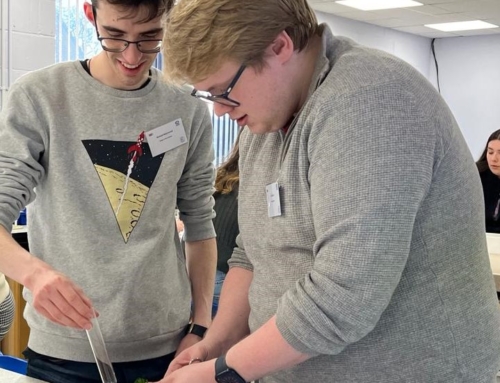By early Autumn, SSERC will have secured a third building within its existing Dunfermline headquarter base. We have therefore taken the opportunity to rename the existing two buildings, and provide a name for the new building. Each building will be named after a female scientist/technologist who, perhaps, did not gain the recognition that they deserved in the period of time in which they were moving forward scientific and/or technological innovation, creativity and thinking.
Our oldest building (Unit 2) will be named The Ada Lovelace Building after Augusta Ada King-Noel, Countess of Lovelace (née Byron; 10 December 1815 – 27 November 1852) who was an English mathematician and writer, mainly known for her work on Charles Babbage’s proposed mechanical general-purpose computer, the Analytical Engine.
Our second building (Unit 1) will be named The Rosalind Franklin Building after Rosalind Elsie Franklin (25 July 1920 – 16 April 1958)who was an English chemist and X-ray crystallographer who made contributions to the understanding of the molecular structures of DNA (deoxyribonucleic acid), RNA (ribonucleic acid), viruses, coal and graphite. Although her works on coal and viruses were appreciated in her lifetime, her contributions to the discovery of the structure of DNA were largely recognised posthumously.
Our new building (Unit 3) will be named The Jocelyn Bell Burnell Building after Dame Susan Jocelyn Bell Burnell ( born 15 July 1943) who is an astrophysicist from Northern Ireland who was credited with “one of the most significant scientific achievements of the 20th Century”. As a postgraduate student, she discovered the first radio pulsars in 1967. The discovery was recognised by the award of the Noble Prize in Physics to her thesis supervisor Antony Hewish and to the astronomer Martin Ryle. Bell was excluded, despite having been the first to observe and precisely analyse the pulsars.











